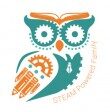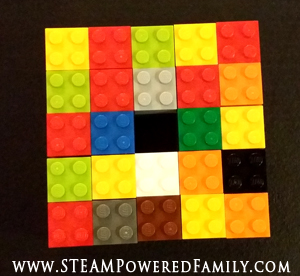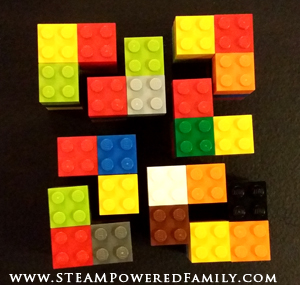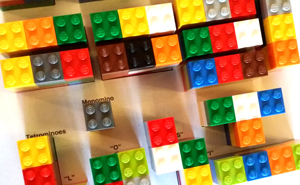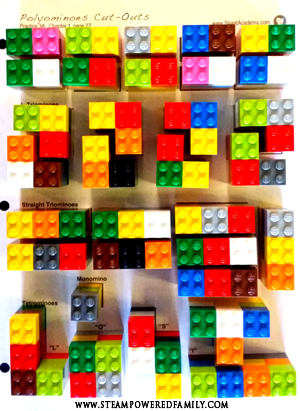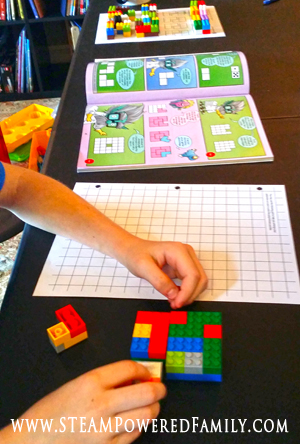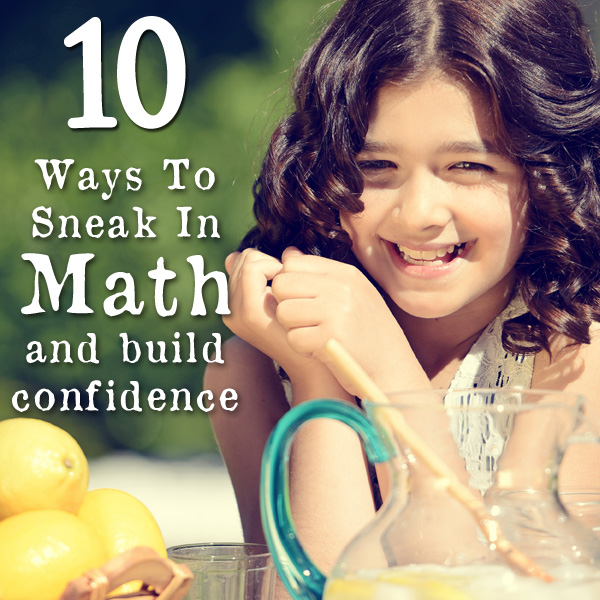Exploring Polyomino Puzzles With Lego – Elementary Math
It may have a strange and slightly intimidating name, but through the use of Lego we were able to understand and apply the concepts of polyominoes quickly and easily in our elementary math classroom. Check out how we explored the concepts of polyomino puzzles and math with Lego all while having fun!
Disclosure: This post contains affiliate links
When we came upon the latest chapter in our grade 3 Beast Academy text book, I was a little worried. The chapter talked about polyominoes and required a great deal of puzzle solving. I was worried because, as much as my son has really enjoys the challenge of Beast Academy – he actually asks to do math first now! – the chapter required that I print and cut out the shapes. Then my son was to use these paper cut outs to solve the puzzles and problems.
When you have a child with some fine motor struggles though, working with pieces of paper like that is hard. They fold, bend, wrinkle, slip around and don’t stay where you put them. Generally causing a lot of unneeded frustration.
Polyominoes may seem like a foreign word, but I’m sure you’ve heard of the concept through dominoes. Dominoes are simply two monominoes or squares. Then you have triominoes, L-triominoes, and more. Anything with more than one square is a polyomino and working with these shapes to solve puzzles is a fantastic skill to develop and involves lots of visual-spatial processing.
As an example here is a completed puzzle. It’s hard to see but the centre square is empty.
And this is with the pieces pulled apart so you can see how it works.
To succeed in teaching this concept, I knew I needed something that would be easier for Jackson to manipulate and form the various puzzles so he could solve the problems in his assignments. I started building the shapes out of Lego bricks from our creative box, then quickly realized he was still struggling with the concept because he couldn’t see the squares. So with some quick addition of 2×2 squares on the tops in different colours, we had our polyominoes with squares highlighted and in nice big pieces that were easy to manipulate.
You can see the size of a 2×2 Lego brick fits perfectly in the monomino square, so all of our shapes fit perfectly in the shapes provided by Beast Academy to print out. You can see the base sheet here.
This kind of perfection made my son very happy!
Personally I liked making the shapes on the table but Jackson liked using a Lego base plate so when he set his pieces they were secure.
The one complication we ran into was that to solve some of the problems we had to flip our polyomino pieces upside down. This was very “out of the box” at first for Jackson who wanted to build normally with the Lego on a base plate, but I also know he would have struggled with flipping the pieces of paper upside-down too. He has been told so many times that thinking outside of the box is a bad thing, so this idea worried him at first. But, once he saw that it worked he was so excited! Finally a program that encourages out of the box thinking and problem solving!
The cool thing is that we can use these pieces over and over again. They make great brain challenges.
Jackson had so much fun he decided to start timing himself and making videos of himself speed solving puzzles. This is a child with severe math anxiety! Willingly doing extra math! So crazy awesome!
Using our polyminoes we can create other games and puzzles to solve. Or it can become free form exploration to see what different shapes can be created. Jackson really enjoyed simply playing with the shapes to see what new shapes he could create by fitting them together in different ways.
So if you are using Beast Academy at the grade three level this is a great trick for the polyminoes chapter! I hope it helps other kids as well, no matter which instructional text they are using to study these shapes.
If you are unfamiliar with Beast Academy, I really encourage you to check it out. The program is comic book style for the guide, but don’t be fooled by the fun, colourful presentation, the concepts are challenging and the problems really engage critical thinking skills, not just rote memorization. My math anxious son gets so excited now to do math, thanks to Beast Academy.
